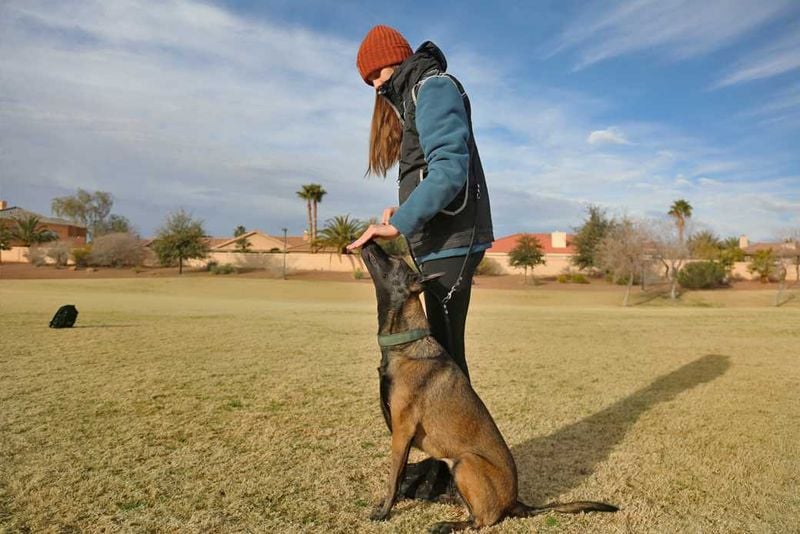Tug of War? 7 Vet-Approved Ways to Stop Your Dog Pulling on Walks
Walking your dog should be a joyful, stress-free ritual—a time to connect, explore, and share the world together. But for many pet parents, daily walks feel more like a tug-of-war match than a bonding experience. If your arm aches from being yanked down the street or you’re constantly bracing for the next unexpected lunge, you’re not alone.
Dogs pull for all sorts of reasons: they’re excited by new smells, overstimulated by their surroundings, or simply haven’t learned the ropes of leash etiquette. While it might feel frustrating or even discouraging, the good news is that leash pulling is not a lost cause—it’s a training opportunity.
Veterinarians and canine behavior experts agree that with the right tools, mindset, and consistency, you can teach your dog to walk calmly by your side. In fact, a few simple adjustments and techniques can completely change the dynamic of your walks. Below, we’ll explore seven vet-approved strategies to put an end to leash pulling and bring ease back to your daily strolls.
1. Front-Clip Harnesses Change the Game
Front-clip harnesses work like magic for pullers because they redirect your dog’s momentum when they lunge forward. Unlike traditional collars that can damage your pup’s throat, these harnesses distribute pressure evenly across the chest.
When your dog pulls, the leash attachment at the chest causes them to turn toward you instead of charging ahead. Many pet parents see immediate improvement the first time they try one.
Look for adjustable styles with padding for comfort. Remember to measure your dog carefully before purchasing, as an ill-fitting harness can cause chafing or slip off during walks.
2. Reward-Based Training Creates Lasting Results
The power of positive reinforcement can’t be overstated when teaching leash manners. Dogs repeat behaviors that earn them good things, so timing is everything. Keep small, high-value treats in a pocket or pouch during walks.
Whenever your furry friend walks nicely beside you without pulling, immediately mark the moment with a “yes” or clicker, then reward. Consistency matters more than length of training sessions.
Start in low-distraction environments before gradually working up to busier areas. Your dog will soon learn that staying close earns rewards, while pulling gets them nowhere.
3. The Stop-and-Go Technique Teaches Patience
This straightforward method teaches your dog that pulling achieves the opposite of what they want. When your dog pulls, immediately stop walking and stand still like a tree. Don’t move forward again until the leash relaxes.
Your furry friend will quickly figure out that pulling makes the walk stop, while a loose leash means the adventure continues. The key is absolute consistency – even one exception teaches them that pulling sometimes works.
This approach requires patience initially, as your first few walks might involve more standing than walking. Stick with it – most dogs catch on within a few sessions.
4. Direction Changes Keep Your Dog Focused
Unpredictability becomes your secret weapon with this technique. Rather than walking in straight lines, randomly change direction without warning when your dog starts pulling. This teaches them to pay attention to your movements instead of forging ahead.
Start with gentle direction changes using an upbeat voice to call your dog along. As they improve, you can make more dramatic turns.
This method works because it taps into your dog’s natural desire to follow a leader. When you become unpredictable and interesting, your pup learns to watch you rather than the squirrel across the street.
5. Command Training Creates Clear Communication
Teaching your dog specific walking commands creates a shared language between you. “Heel” typically means walk directly beside you, while “with me” can mean stay in a general area near you.
Begin training these cues at home without distractions. Stand still, give the command, and lure your dog into position with a treat. Gradually practice while taking a few steps, then in your yard, and finally on actual walks.
The beauty of command training is that it gives your dog clear expectations. Rather than constantly correcting pulling, you’re teaching an alternative behavior that’s incompatible with lunging ahead.
6. Mental Stimulation Reduces Walk Excitement
Many dogs pull because they’ve stored up excess energy and excitement. A mentally tired dog is naturally calmer on walks. Try puzzle feeders, training sessions, or scent games before heading out.
Sniffing is incredibly mentally stimulating for dogs. Consider designating some walks as “sniffari” adventures where your dog gets to explore interesting scents rather than covering distance.
Physical exercise matters too, but don’t underestimate brain work. A 15-minute training session can tire your dog as much as a 30-minute walk. When your pup has an outlet for their mental energy, they’re less likely to explode with excitement when the leash comes out.
7. Veterinary Check-Ups Rule Out Physical Issues
Sometimes pulling isn’t just behavioral – it might signal discomfort or health problems. Pain in hips, shoulders, neck, or back can cause dogs to pull forward to redistribute weight. Thyroid issues or vision problems may also contribute to leash-pulling behaviors.
Schedule a wellness exam if your dog suddenly starts pulling after previously walking well. Your vet can check for arthritis, neurological issues, or vision changes.
Even mild discomfort can affect your dog’s walking style. Addressing underlying health concerns not only improves walks but enhances your pet’s quality of life. Never assume pulling is purely behavioral without ruling out physical causes first.













